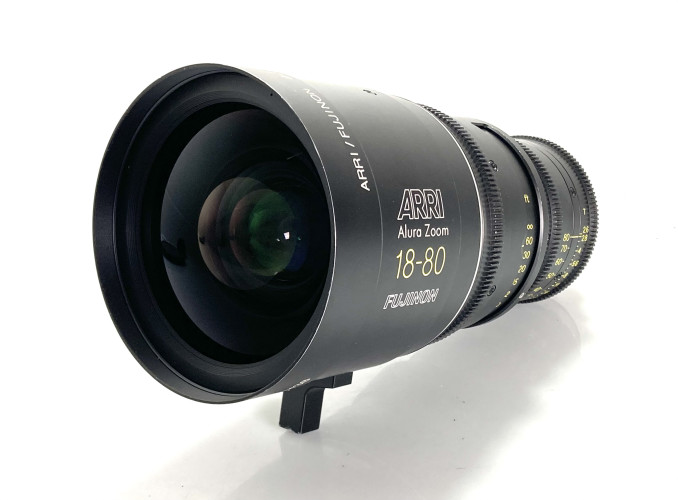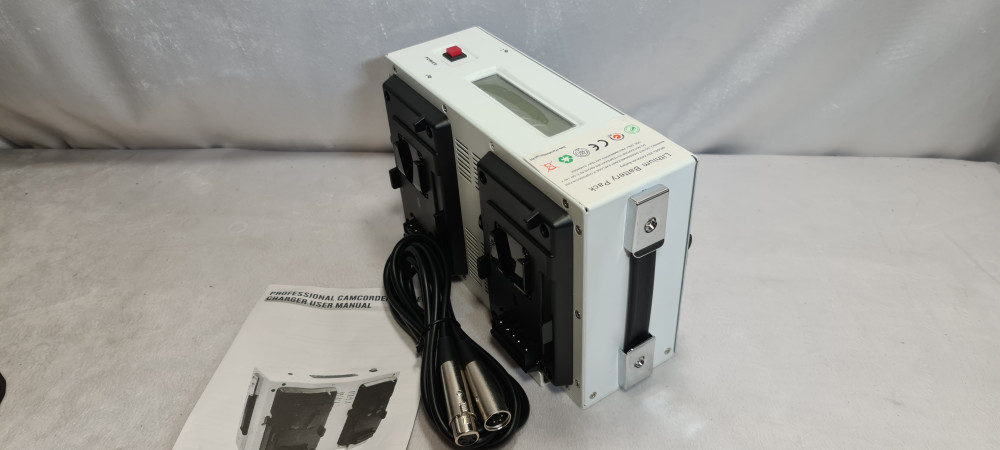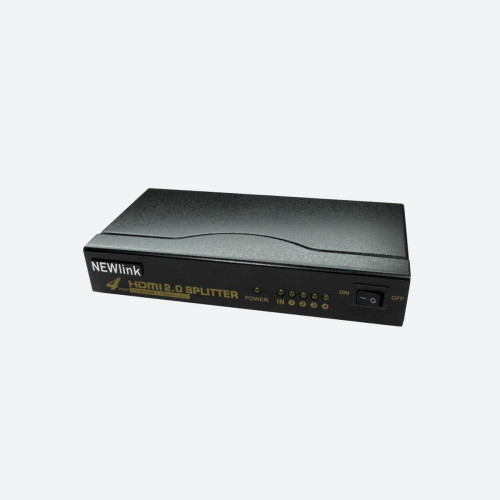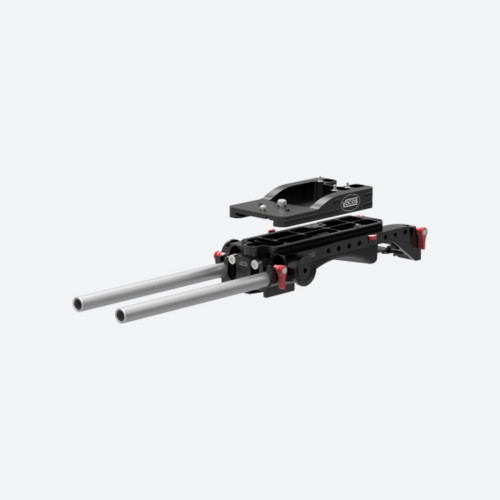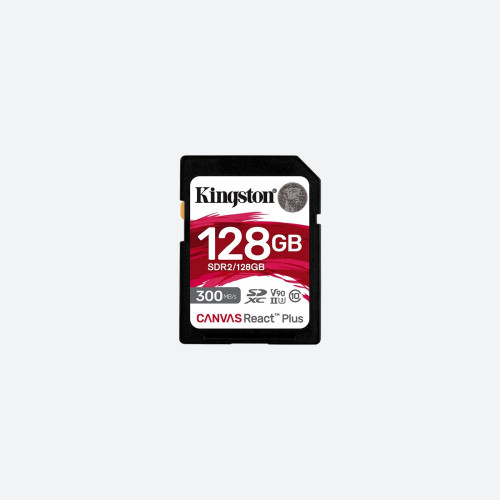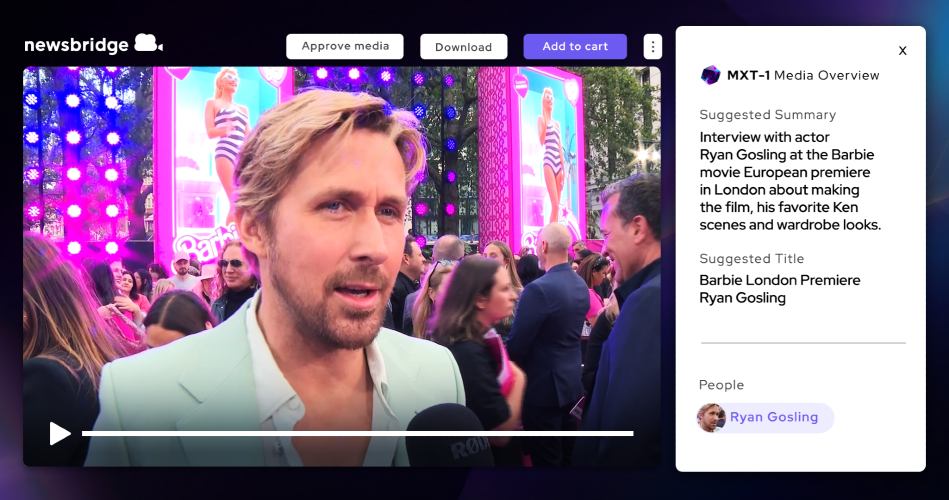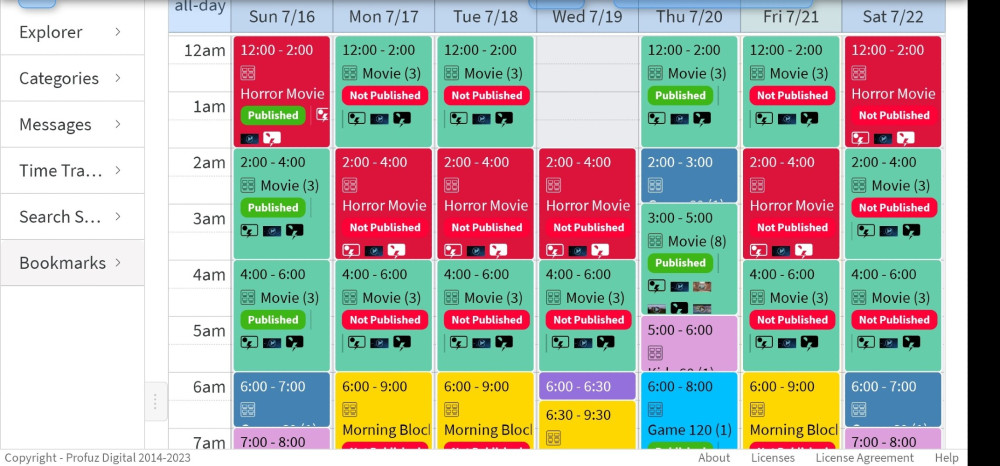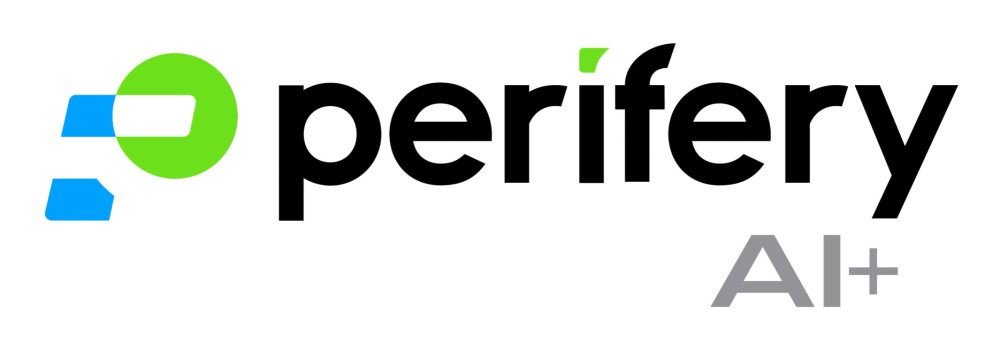2020 television

Author: Bob Pank#
Published 1st April 2010
Television has proved the most popular and efficient form of human communication since the evolution of speech and the development of the written word. The industry has come a long way in a short time and still has a huge future, whatever the delivery route or the receiving platform. My intention here is to outline the key factors influencing the development of television over the next 10 years.
In the broadcast business, short-term forecasting primarily means looking at market conditions over the coming year or two: considerations such as hardware depreciation, ad sales intake, subscription headcount, and all the commercial details that go into running a television or radio network. Accurate long-term forecasting may seem more challenging but is actually easier as it involves general trends rather than short-term detail. The complication is that we are not dealing with a single timeline but with an industry whose development resembles the divergent growth of a tree.
Television has proved the strongest branch on the multimedia tree, having contended very successfully in recent decades with other significant branches such as cinema and radio. Each medium has its specific strengths but television is arguably the most natural for relaxed one-to-many communication, always provided that the programme content is inherently interesting and well produced. So where is it going?
Display resolution
Digitally-delivered standard-definition looks so good on 40 inch diagonal 'big screens' that is easy to question whether 1080-line is worth the extra production cost and delivery bandwidth. The simple answer is that 1080 line allows high-quality viewing on much larger screen sizes than 40 inch. Retail prices of 60 inch screens are rapidly approaching the levels at which 32 inch and 40 inch flat panels became began selling in high volume. 80 inch panels look likely to follow the same path to rapid affordability.
And 1080-line is certainly not the ultimate goal. NHK's Ultra-High-Definition, the full-motion equivalent of an megapixel digital snapshot, has impressed all who have seen it and possesses great potential if sufficient bandwidth can be provided to deliver the signal without the spoiler of ultra-high compression. UHD was certainly not developed for the 2010 marketplace and will require far higher IC component densities than are currently deliverable. Another 10 years could prove sufficient.
Delivery platforms
Personal preferences vary not just in types of programme but in actual choice of hardware. Who could have predicted that headphone listening would become as hugely popular as it is today? The marketing departments of Sony and Apple perhaps, with their respective Walkman and iPod. Years ago, it was common for television sound staff to complain that audio was 'the poor relation' compared with investment levels in video production and post-production equipment. But that was only part of the story. Human ears are much more easily satisfied than human eyes, to the extent that a decent stereo feed on its own or as a television sound track sounds not far short of the real thing. But few people even with poor visual accuity would be deceived into confusing big-screen cinema or UHD TV, let alone 1080-line HD or 625-line SD, with reality; the eye-brain system is much too acute for that.
The ultimate goal for video displays is obviously to simulate total immersion and of course that means 3D. 3D is already attracting serious investment from major broadcasters, prompting the ITU to outline a roadmap that would see 3D television technology rolled out in three successive generations.
The first generation — 'plano-stereoscopic television' — calls for two views to be delivered to viewers’ TV sets. Wearing special glasses similar to those used to watch 3D cinema, viewers will be able to see depth in the picture, although the view will remain the same when they move their heads (in real life, our view changes when we move our heads).
The second generation will provide for multiple views, with head movement changing the view, for a viewing experience that more closely mimics real life.
The third generation will feature systems that record the amplitude, frequency, and phase of light waves, to reproduce almost completely human beings’ natural viewing environment. These kinds of highly advanced systems are technically some 15-20 years away.
Content storage and archiving
The development of integrated circuit component packaging from the late 1950s onward enabled manufacturers in many industries to shift from largely bulky mechanical devices to mechanical/electronic hybrids and ultimately fully electronic products. Until just a few years ago, all broadcastable programme content was stored on chemical film or magnetic tape. From 1982 onward, the optical CD became popular as a relatively tough storage medium for audio and data. Today, most broadcasters prefer the speed, efficiency and flexibility of networked magnetic hard disk drives coupled to near-online data tape archives. All still very mechanical but providing fast access to huge amounts of data.
At the sharp end of audio and video capture, solid-state memory devices are becoming increasingly affordable and popular. Moore's law states that the number transistors that can be cost-efficiently on an IC tends to double every two years. Semi-conductor component sizes down almost to the level of a few atoms per gate have recently become feasible. This suggests that the exponential increase in transistor count recorded over the past 30 years will continue well into the next decade and perhaps even be exceeded in terms of solid state memory capacity.
We can also expect the Achilles heel of RAM chemistry to be addressed successfully: a tendancy for existing structures to deteriorate slightly during each write cycle. Disk drive capacities are of course likely to continue increasing in competition with solid-state memory and will probably be found increasingly in long-term storage archives. The existing tendency towards IP-based media management will enable broadcasters to access archived content anywhere in the world.
Television broadcasting has long laboured under one severe weakness. To paraphrase, a programme will be all right on the night but what happens if you miss it or want to view it again? An increasing number of broadcasters are now addressing this limitation, aware that services like You-Tube will increasingly archive their 'classics' for them if they don't catch on to the power of the Internet.
Long before 2020, many broadcasters will be operating their own 'Our-Tube' archive with every programme unique to them being archived for a year or so after the initial airing and perhaps selectively stored beyond that time. This in turn presupposes a continuing decline in the cost of data storage and increasing worldwide access to the Web. This is a very safe assumption. We can also expect to see the removal of national barriers to online programme as broadcasters come to terms with the global media market.
Minority-interest television
It is well known that every website on the Internet has the potential to become a television channel. A significant number of creative amateurs have already established video-based news feeds carrying content of interest to themselves and their target audiences. Others are combining traditional text and stills with relevant video files. This is a natural extension of the traditional publishing market. Playable video and audio files are already becoming a routine part of the every online news services as a carrot to attract advertising. Most mainstream broadcasters are also active in the print publishing arena so a cross-fertilisation between their various delivery media will undoubtedly continue. Consumers care about content and availability, not about delivery methods.
Quality or choice?
This issue is key to the future of broadcasting. Audio media advanced as far as the 44.1 kHz-sampled CD before declining into various grades of MP3 compression and at the same time ascending into the potential stratosphere of 192 kHz-capable solid-state audio recorders and DVD players. It is easy to sniff at MP3 on the basis that audio data reduction is impure. So it was with MiniDisc back in 1992 but what you lost more often than not was subliminal studio air-conditioning noise - a definite advantage. Most of us can see the imperfections of compressed HD television on all but the very best 1080-line broadcasts, unless the producer has had the good sense to deliver a glorified slide-show to get the best out of the available transmission bandwidth. Will the public at large want the highest possible standard of television quality or be more interested in programme content? Given enough time, I am convinced that our industry can deliver both.
Getting there
The past 20 years have seen a near-total transition from analog to digital technology plus ever-increasing reliance on software-centric solutions running on more or less standard computer platforms. Future-proofing has become an inherent part of almost every new system, allowing additional channels to be introduced as business develops and new delivery standards as HD, for example, gradually succeeds SD. As a globally-active system integrator, ATG Broadcast's will increasingly become that of a business partner, supporting each client not just during the design and installation phases but during pre-design workflow study and post-installation technical maintenance.



